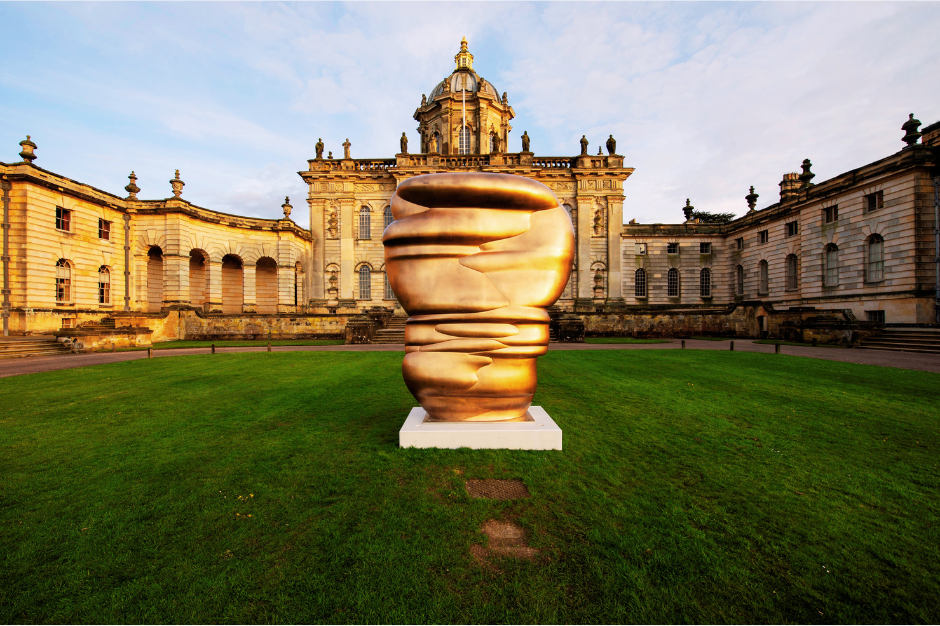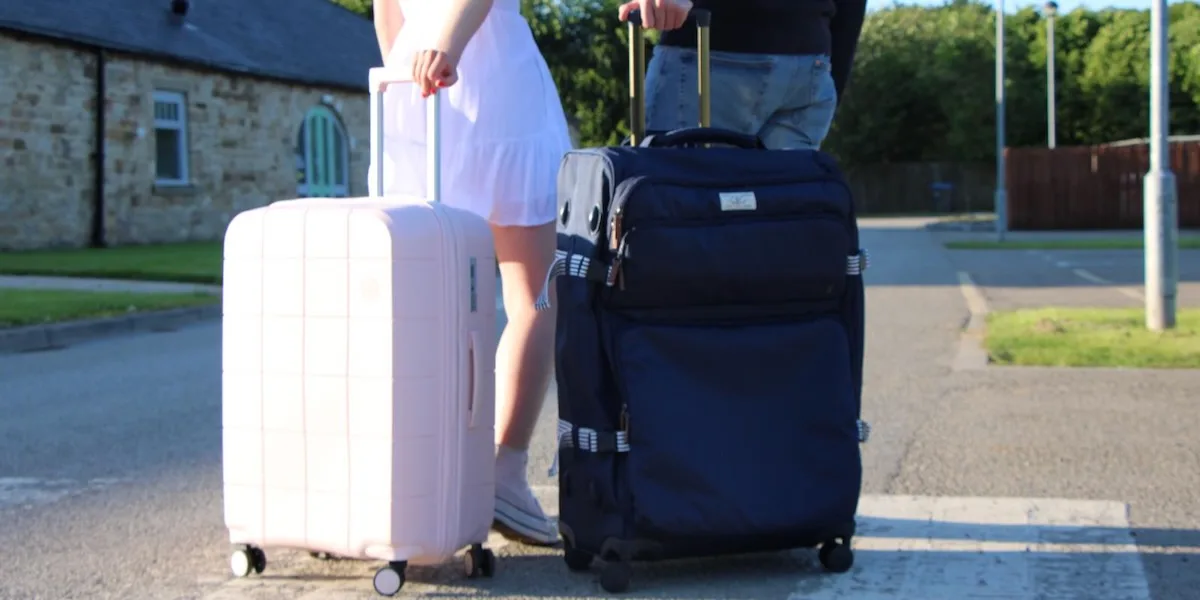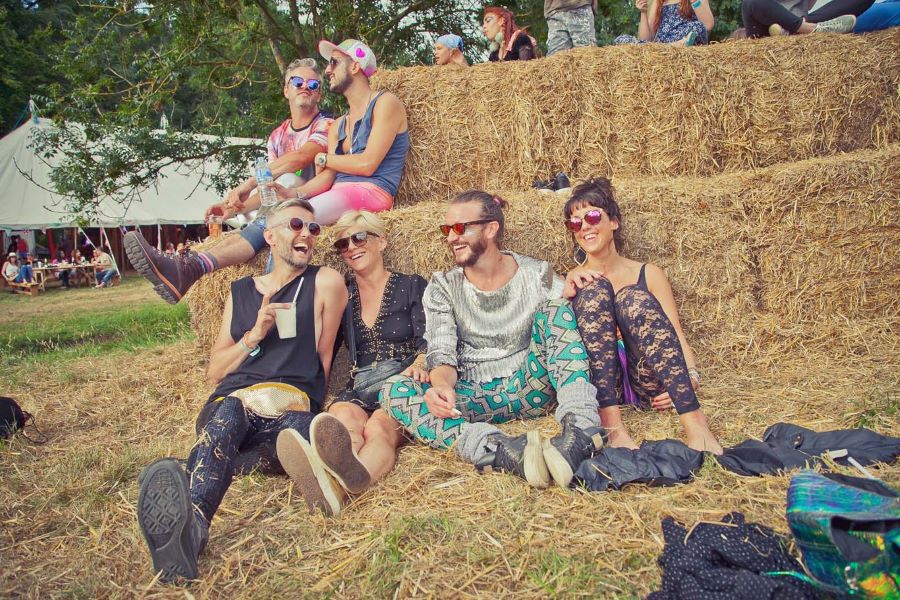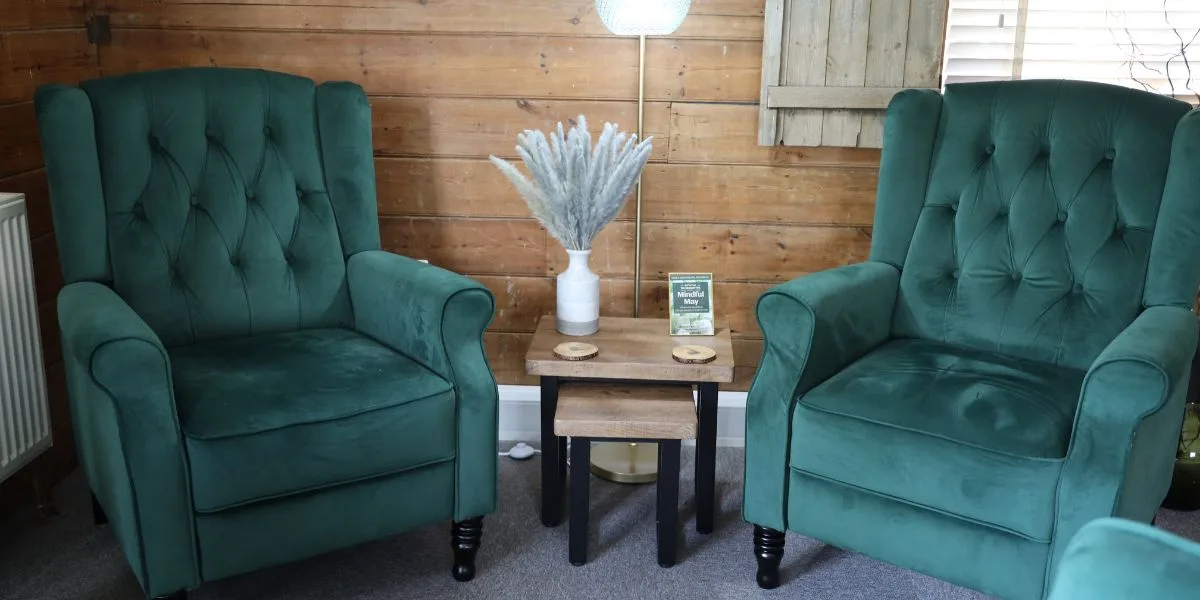SPONSORED ARTICLE
Why should I visit South Africa? Here are 7 brilliant places to visit on a post-pandemic holiday to the country
South Africa has it all. Wildlife, wine, whales, waterfalls and wicked scenery await, along with vibrant cities, world-class nature reserves and fabulous food. For a post-pandemic holiday that offers unforgettable adventures, incredible experiences and memories to cherish a lifetime, South Africa delivers.
Here, we’ve focused on just seven of our favourite places across the country to give a taste of what’s available. If you’re wondering why I should visit South Africa, start here and let your imagination run wild.
Destinations include Cape Town and safaris in the Kruger National Park (of course!), as well as the Cape Winelands, whale watching at Hermanus and adrenalin adventures in Blyde River Canyon. Choose one or two on a shorter trip, or combine several for an epic adventure.
In case you’re wondering, responsible tourism in the country has improved ten-fold since the days of big game hunters and Apartheid, and by supporting Fair Trade Tourism you can easily do your bit to make your holiday more enjoyable for everyone involved.
So read on for seven of the best places to visit in South Africa and discover why you too should be booking a holiday to South Africa.

Cape Town
Cape Town really is as good as the pictures make it look. The waterfront city at the southern tip of Africa spills into the sea and the majestic Table Mountain rises up behind it, creating the most perfect panorama of mountains, city and coast.
Reaching the top of Table Mountain is a must – choose to either hike up one of the paths, or take the slowly rotating cable car to the summit at 1,086m above sea level. The views go for miles – spot downtown Cape Town, the golden beaches around Camps Bay and out at sea, Robben Island, another must, this time for starting to understand South Africa’s compelling and impossible to ignore history.
It’s the mix of vibrant city life and stunning natural attractions that makes people fall in love with Cape Town and want to visit again and again. You’re never far from a beach – Bloubergstrand Beach is great for sunset views of Table Mountain (and surfing) – and the foothills of Table Mountain, Devil’s Peak and Lion’s Head form an accessible National Park full of vivid flora and fauna; the Kirstenbosch National Botanical Garden is another must, and shows the benefits of Cape Town’s balmy Mediterranean climate.
Nowhere is the sunshine better enjoyed than at the V&A Waterfront, a working harbour regenerated with great seafood restaurants, shops and small businesses. And another huge attraction of Cape Town is its food and drink scene – the V&A offers plenty of choice, as does downtown for authentic street food, or book La Colombe, Chefs Warehouse and Salsify for something fancier.

The Cape Peninsula
An easy day trip from Cape Town, the Cape Peninsula is a dramatic sliver of land sticking into the Atlantic ocean, bursting with biodiversity, wildlife, and more of South Africa’s spectacular scenery.
The drama of Cape Town’s Table Mountain continues down the peninsula – the mountain range is the spine of this 52km headland and the whole region is part of the Table Mountain National Park. With luck, you’ll see whales, dolphins and seals at sea, while the resident penguin colony at Boulders Beach in Simons Town offers a rare chance to get up close to African penguins.
Carry on south and you’ll reach not just the Cape of Good Hope but also Cape Maclear and Cape Point, each a stack of towering cliffs, 200 metres above the sea, and 1km apart at the bottom of the peninsula. Take the flying Dutchman funicular up to the lighthouse at Cape Point and the viewing platform at its base, before following the Shipwreck Trail along the beach from Olifantsbos.
Return to Cape Town up the western side of the peninsula and you’re on Chapman’s Peak Drive, a properly spectacular road cut into the mountainside – it’s the stuff of classic car adverts and cries out to be driven in a convertible, with the wind in your hair as the ocean glimmers below.

The Cape Winelands
You’re hopefully getting the picture by now that South Africa is a pretty special place – and two things that help make it so special are its climate and its landscape. Nowhere are these qualities more valued than in the Cape Winelands, a stretch of vineyard-covered valleys interrupted by knuckle-like mountains, just over an hour east of Cape Town.
Many of the vineyards centre around the main towns of Stellenbosch and Paarl and touring and tasting is easily done (either by bike, wine tram, or self-guided or small guided tour). And you can be sure that where there’s good wine, good food will follow, and this area makes the most of its local produce – most vineyards have their own restaurant to offer delicious food-and-wine-pairings.
The smaller town of Franschhoek is the third point in the Winelands triangle and is heavily influenced by its Huguenot history – refugees from France settled here in the 17th century – and it’s home to some of the country’s best vineyards.

Whale watching at Hermanus
The wildlife in South Africa is legendary, and it’s not just confined to dry land. The seas are teeming with nearly 30 different species of whale and dolphin, gently and gracefully cruising through the water as they travel from the freezing Antarctic to breed and calve in the warmer waters around Mozambique and Madagascar.
For some spine-tingling encounters, Hermanus, 90 minutes south-east of Cape Town, is rated by the WWF as one of the best places in the world for whale watching. The sea around the town remains deep close to shore, so you don’t even need to board a boat to spot these magnificent mammals – often you’ll get an impressive show just watching from the clifftops (where many guesthouses are found, designed with large windows facing the ocean).
But get out on the water and the experience becomes even better – the town prides itself on operating responsible boat trips, and see humpback, minke and sperm whales, orca, dolphins, Cape fur seals and even, sometimes, billions of migrating sardines – if you time it right in June and July.
Whale-watching season runs from around late June through to early December.

The Garden Route
Covering 300km of coastline along the bottom of South Africa, the Garden Route is a spectacular way to see what South Africa is most famous for: epic scenery, incredible wildlife and adventurous activities.
Named after the national park the road travels through, the Garden Route starts a four-hour drive from Cape Town in Mossel Bay on the Western Cape and finishes in Port Elizabeth on the Eastern Cape (or vice versa), and twists and turns between the Indian Ocean’s sublime sandy beaches on one side and the Tsitsikamma and Outeniqua mountain ranges on the other.
Expect lakes and lagoons, jagged cliffs and lush green forests. Highlights include the seaside town of Knysna and a cruise across the lagoon to the Featherbed Nature Reserve, and the Robberg Nature Reserve on a rugged peninsula with rocks dating back 120 million years.
Ideally allow at least five days to drive the Garden Route – there is so much to see and do on it.

Blyde River Canyon Nature Reserve
Found between the Kruger National Park and the Drakensberg mountains, Blyde River Canyon is a 26km-long gorge with dramatic views, jagged cliffs and the sparkling Blyde River. It’s home to a ton of adventure sports, all taking place among craggy rock formations and towering waterfalls.
Rafting, kloofing (South Africa’s version of canyoning), tubing and abseiling are all possible, as well as more gentle boat trips along the river. Or if you’d prefer to stay dry, go hiking, horse riding, biking or hot air ballooning.
Accommodation is spread throughout the reserve and many tours and hikes start from the forestry town of Graskop – a few days here goes very well with a safari in the Kruger National Park.

Safari in the Kruger National Park
The Kruger is the big one. South Africa’s legendary game reserve, it covers an area nearly the size of Wales and is home to not just the Big Five – lion, leopard, rhino, elephant and buffalo – but over one hundred other species of mammal, over 500 birds, including vultures, eagles, storks, and 336 trees, including baobab and marula.
You’ll also find majestic archaeological sites, such as Masorini and Thulamela, and ancient bushman rock paintings, which have all played a part in the history of the Kruger National Park, South Africa’s first.
Within the park you’ll find all sorts of places to stay, from the most luxurious, romantic lodges, to self-catering accommodation in campsites and huts, as well as hotels just beyond the park boundaries.

Handy links list
Read more of my blogs and articles
CLICK HERE







